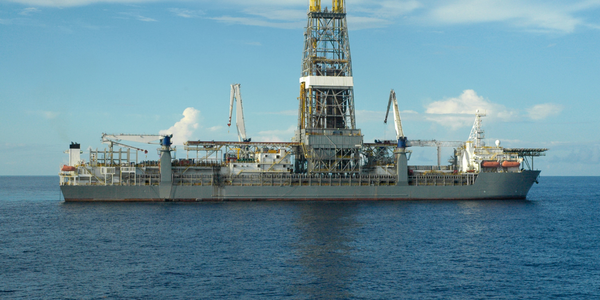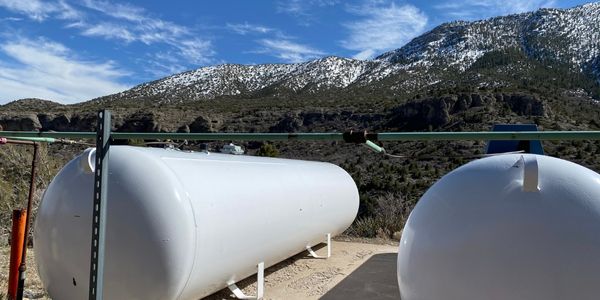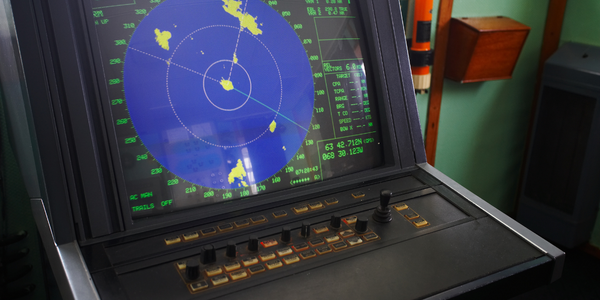De Voogt Naval Architects: Enhancing Luxury Yacht Design with NX and Teamcenter
Customer Company Size
Large Corporate
Region
- Europe
Country
- Netherlands
Product
- NX
- Teamcenter
Tech Stack
- 3D Design Software
- Digital Product Development
- Digital Lifecycle Management
Implementation Scale
- Enterprise-wide Deployment
Impact Metrics
- Productivity Improvements
- Customer Satisfaction
- Innovation Output
Technology Category
- Functional Applications - Product Lifecycle Management Systems (PLM)
- Functional Applications - Remote Monitoring & Control Systems
Applicable Industries
- Marine & Shipping
Applicable Functions
- Product Research & Development
- Quality Assurance
Use Cases
- Digital Twin
- Remote Collaboration
- Predictive Maintenance
Services
- System Integration
- Software Design & Engineering Services
About The Customer
De Voogt Naval Architects, part of the Feadship consortium, specializes in designing and engineering luxury motor yachts for affluent clients. Founded in 1913 and based in Haarlem, Netherlands, the company employs around 100 people and is renowned for its custom-built yachts up to 100 meters in length. The firm is divided into three departments: Studio de Voogt, Theoretical Shipbuilding, and Engineering. Studio de Voogt handles sales and initial design concepts, Theoretical Shipbuilding converts these designs into digital models and performs necessary calculations, while the Engineering department focuses on the development of the ship's construction, interior, and mechanical facilities. De Voogt's commitment to fulfilling customer wishes and maintaining high standards of quality is a key competitive advantage.
The Challenge
De Voogt Naval Architects faced significant challenges in maintaining the high quality and precision required by their wealthy clientele while also needing to improve their productivity and reduce lead times. The traditional 2D design process was time-consuming and often led to inaccuracies that affected both the engineering and construction stages. This inefficiency was a major bottleneck, especially as the company aimed to grow and take on more complex projects. The need for a more accurate and integrated design process became evident to meet customer expectations and streamline operations.
The Solution
To address these challenges, De Voogt Naval Architects adopted the NX digital product development solution from Siemens PLM Software. This transition to a 3D design process allowed the company to create realistic, integrated digital models of their yachts, significantly improving accuracy and reducing design time. The implementation of NX began as soon as the customer approved the layout, cutting the hull design time by almost half compared to the previous 2D process. Additionally, the company started using Teamcenter for digital lifecycle management to enhance data availability and manage changes more effectively. This integration ensured that all team members and partners had access to up-to-date data, reducing the risk of unauthorized modifications and improving overall collaboration.
Operational Impact
Quantitative Benefit

Case Study missing?
Start adding your own!
Register with your work email and create a new case study profile for your business.
Related Case Studies.

Case Study
Drill ship power challenge: hybrid solution solves distribution issues
Aspin Kemp & Associates (AKA), a manufacturer of electrical power and control systems headquartered in Montague, PEI, encountered one with its hybrid power initiative, the first hybrid drill floor destined for installation on ultra-deepwater drill ships operated by Transocean, Swiss offshore drilling contractors. Since on-site modification was impossible and scrap recycling of any modifications was unacceptable, the enclosures had to arrive ready-to-install.

Case Study
Ensures Tanker Safety and Emissions Compliance
Storage tanks are irregular in shape and a certain amount of mathematical modelling is required to get an accurate representation of volume and, more importantly, the weight of material in each tank. In addition, countries have different emission regulations, so the ships position needed to be accurately known in order to geotag emission data.

Case Study
Real-time Networked Sonar System for Ships
A multinational, knowledge-based corporation that delivers marine electronics solutions is utilizing industrial Ethernet technology to help ensure that operations at sea are dependable and optimal. Based in Europe, the company has nearly 4000 employees working in 20 countries around the world, and produces high-tech systems for offshore oil and gas operations, merchant marine systems, and various applications for the defense and aerospace industries. The company produces products and systems used by merchant vessels and offshore installations for positioning, navigation, automation, as well as for surveying and monitoring the seabed, and for fishing vessels and fi sheries research. As one of the major suppliers of high quality marine electronics in the world, their products include chart plotters for yachts, triple redundant dynamic positioning systems for oil drilling rigs, and sonar and instrument systems for scientifi c research vessels. Products used for marine applications must be rugged enough to endure the corrosive effects of salt water, and be able to withstand excessive amounts of vibration and shock. For this reason, the company only uses DNV and GL certified products and components to ensure that their systems can meet the high standards required by the maritime industry.

Case Study
Fleet Management Connectivity Solution for Marzam
Marzam, in order to ensure the best service, invested 3 million dollars in the construction of 2 fuel oil tanks with 40k gallons and 10k gallons capacity each, located in Manta, Ecuador. The customer needs to keep fleet operations going with fuel available at all times in order to guarantee quality of service. KEY ELEMENTS FOR THE CUSTOMER: Real-time level monitoring: Tank infrastructure remote level monitoring. Configure alerts and notifications when reaching critical values to avoid the need for emergency refills and optimize supply schedules. Real-time consumption monitoring: The customer needed an easy way to monitor in real-time accurate values of consumption.

Case Study
Mitsubishi Electric's Edge Computing Solution Powered by Wind River VxWorks
Mitsubishi Electric Corporation, a global leader in factory automation (FA) applications, identified edge computing as a critical component of the Industrial Internet of Things (IIoT). The company aimed to enhance device and data security, reduce data traffic to the cloud, and enable faster response to network or device issues. In 2018, Mitsubishi Electric launched its first line of industrial hardware products designed for edge computing, the MELIPC Series. The primary development goals for MELIPC were to support the type of edge computing promoted by Mitsubishi Electric and to introduce advanced vision technology for device control. The flagship computer of the MELIPC line, the MI5000, was designed to combine real-time equipment control with high-speed data collection, processing, diagnosis, and feedback in a single machine. However, the development team needed a real-time control platform that could seamlessly integrate real-time control with proven analytic and diagnostic applications.

Case Study
Migrating to Software-Only Licenses for More Responsive License Management
The world’s premier shipping companies work with the software solutions of ABB Marine & Ports to get their vessels safely and efficiently to their destinations. A loyal customer of Wibu-Systems for over a decade, ABB has been relying on CodeMeter dongles to store the license keys for their ABB AbilityTM Marine Advisory System - OCTOPUS.The current version of the system is using Wibu-Systems’ robust metal-case CmStick ME, a perfect choice for the rugged conditions at sea. As satellite communications has made fast Internet connections at sea a common reality for maritime operators, the company is looking to move from physical to software solutions to streamline its logistics processes.






